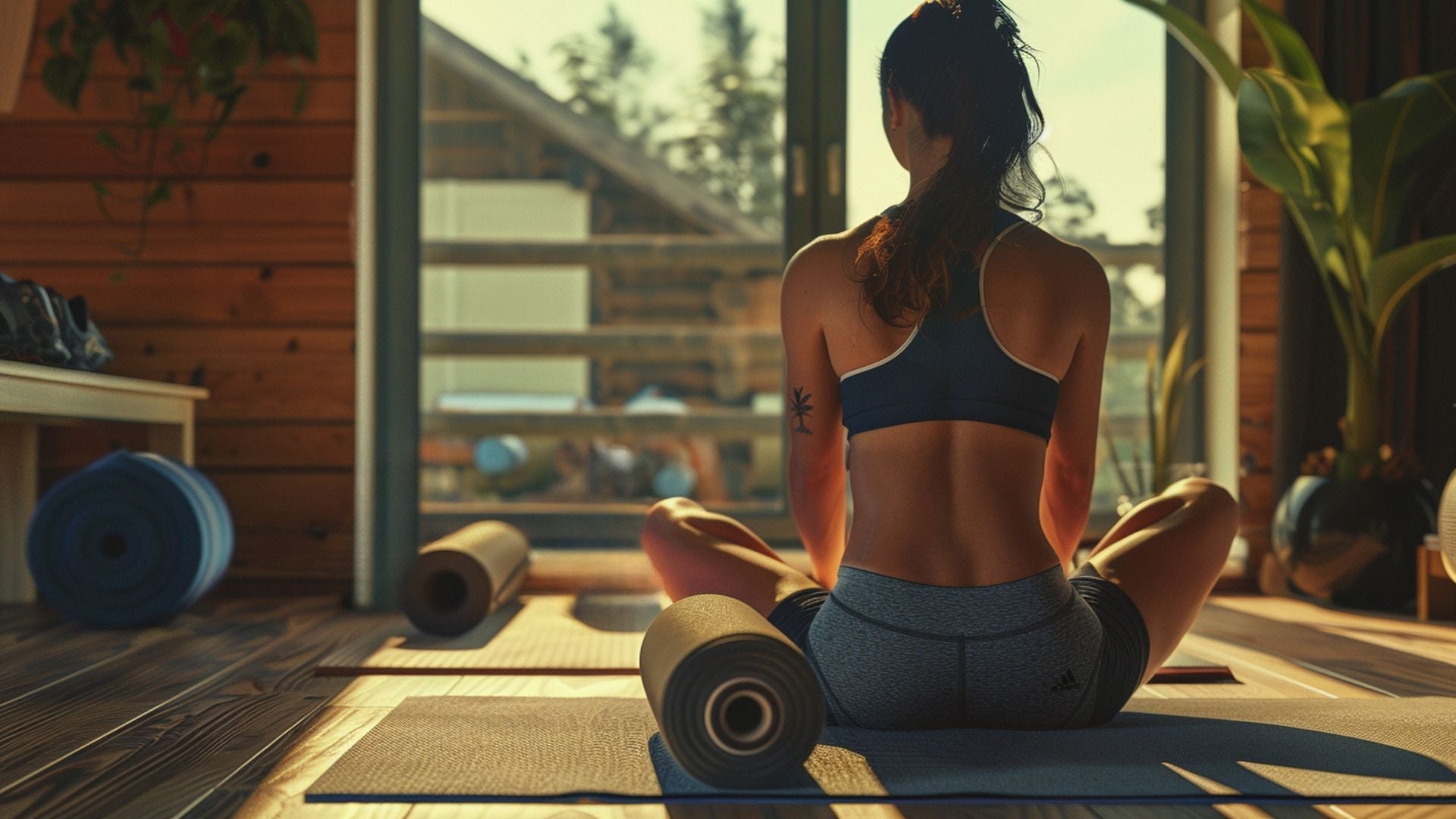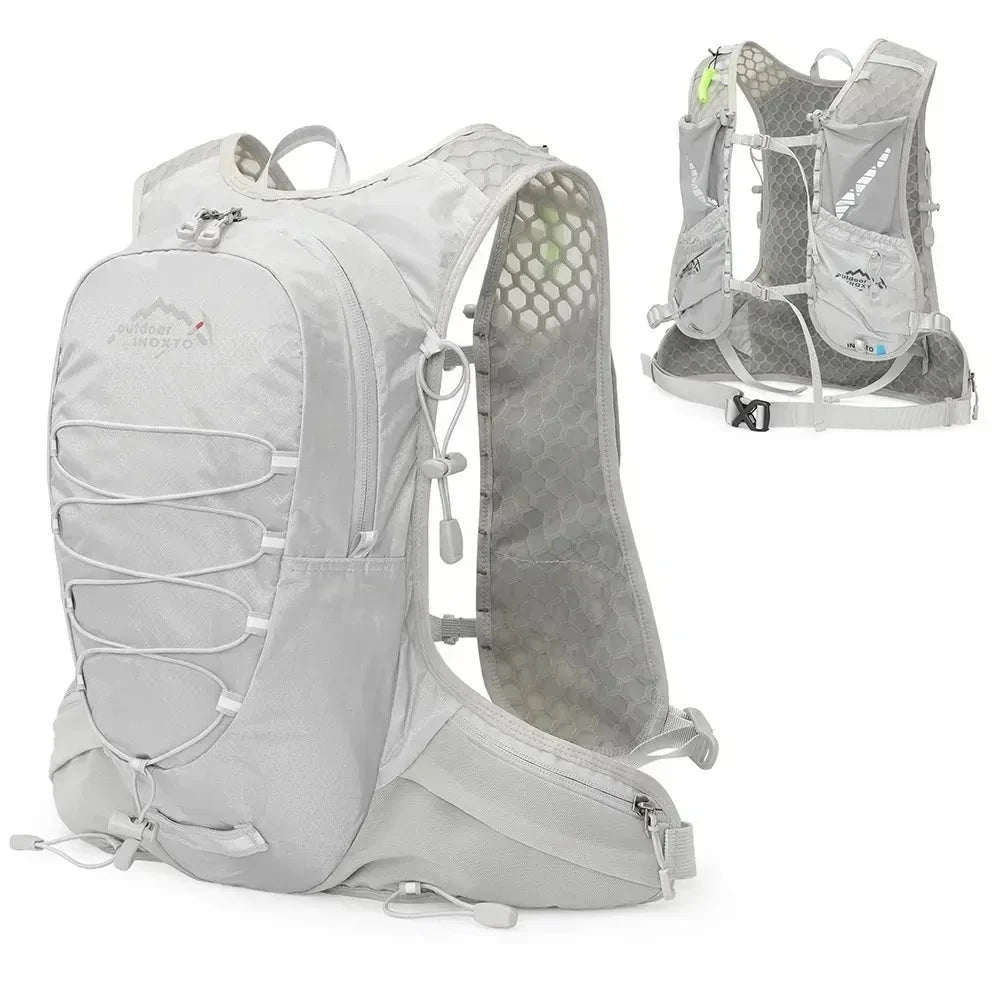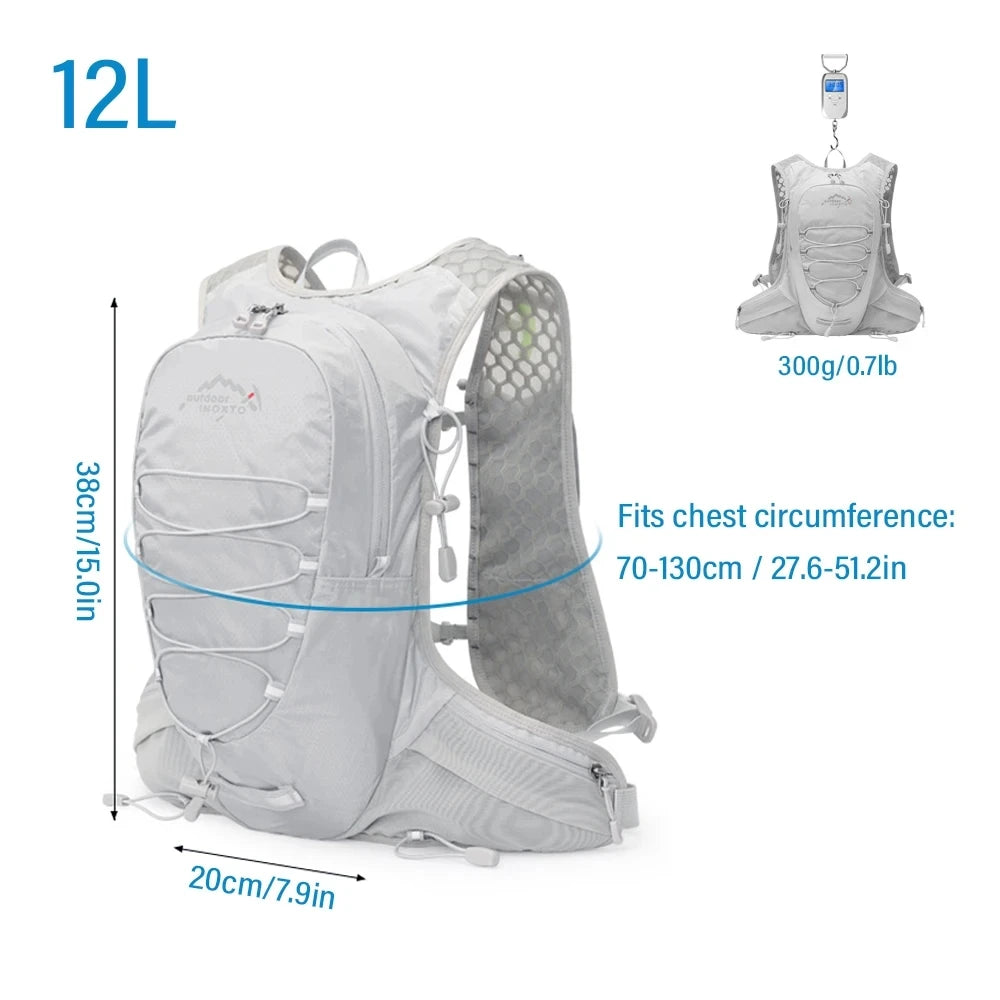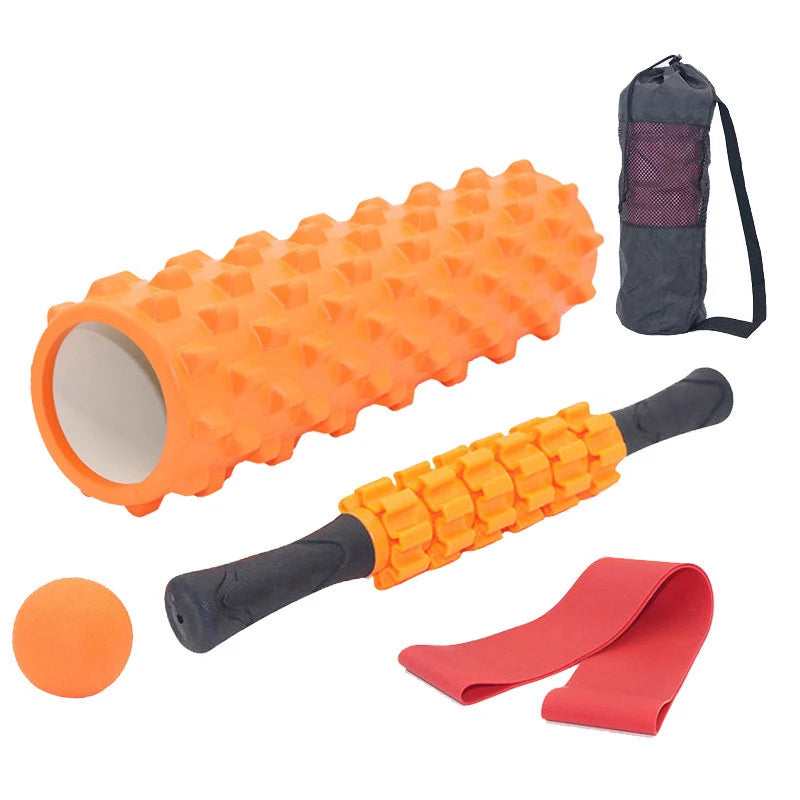If you're a trail runner, your legs aren’t just moving you forward, they’re absorbing shock, balancing over rocks, and powering uphill climbs. But if you think building strength means spending hours in the gym, think again. You can develop strong, resilient trail-ready muscles with minimal gear and no gym membership.
In fact, building functional strength outside the gym has several advantages: it mimics real trail conditions, requires little space or equipment, and integrates easily into your current training. Plus, it keeps you outdoors, the very place trail runners thrive.
Why Strength Training Matters for Trail Runners
Trail running is more demanding on your body than road running. The uneven terrain challenges your stabilizer muscles, core, glutes, and ankles in ways flat pavement never will.
Here’s what strength training helps you do:
-
Improve running efficiency
-
Climb and descend with confidence
-
Prevent injuries like IT band syndrome or shin splints
-
Recover faster between runs
And no, you don’t need heavy weights or complicated gym machines to get those benefits.
5 Essential Strength Tools for Trail Runners
You can target every major muscle group with just a few compact, affordable tools:
1. Resistance Bands
Small but mighty, looped resistance bands build glute and hip strength—essential for climbing, descending, and stabilizing your stride. Use them for squats, monster walks, or lateral leg lifts.
2. Sliders
Core strength is vital for uphill drive and downhill control. Sliders engage your abs, hips, and hamstrings through controlled motion—great for mountain climbers, lunges, and pikes.
3. Foam Roller or Massage Ball
Not just for recovery—rolling before workouts can activate muscle groups. A massage ball can also target tight calves or glutes that restrict performance.
4. Bodyweight Training
You already carry the most versatile gym: your own body. Incorporate single-leg squats, step-ups, planks, and lunges into a weekly routine to build dynamic strength.
5. Mini Ankle Weights or Weighted Vest (Optional)
For an extra challenge, especially if training for elevation-heavy races, adding light weight can replicate uphill muscle load without overtraining.
Sample Strength Circuit (No Gym Required)
Do 2–3 rounds, 2–3 times per week:
-
Banded Glute Bridges – 15 reps
-
Slider Mountain Climbers – 30 seconds
-
Bodyweight Step-Ups (on stairs or box) – 10 each leg
-
Resistance Band Lateral Walks – 10 steps each side
-
Plank with Shoulder Taps – 30 seconds
-
Single-Leg Calf Raises – 12 each leg
All you need is a bit of floor space or trailhead terrain to work with.
Tips for Trail-Strength Success
-
Progress gradually: Start with bodyweight and light resistance, then scale up.
-
Prioritize form: Control is more important than speed.
-
Stay consistent: Two short sessions per week beat one long, irregular one.
-
Train tired: Occasionally do a circuit after a run to simulate race fatigue.
Trail-ready strength doesn’t require a gym, just intention, consistency, and a few well-chosen tools. The right combination of bands, sliders, and bodyweight movements will help you become a stronger, more stable runner ready to handle every switchback, summit, and stream crossing.
If you're looking to get started, check out our curated range of strength and recovery gear for trail runners. Every item is handpicked for its portability, durability, and usefulness in real-world trail conditions.












